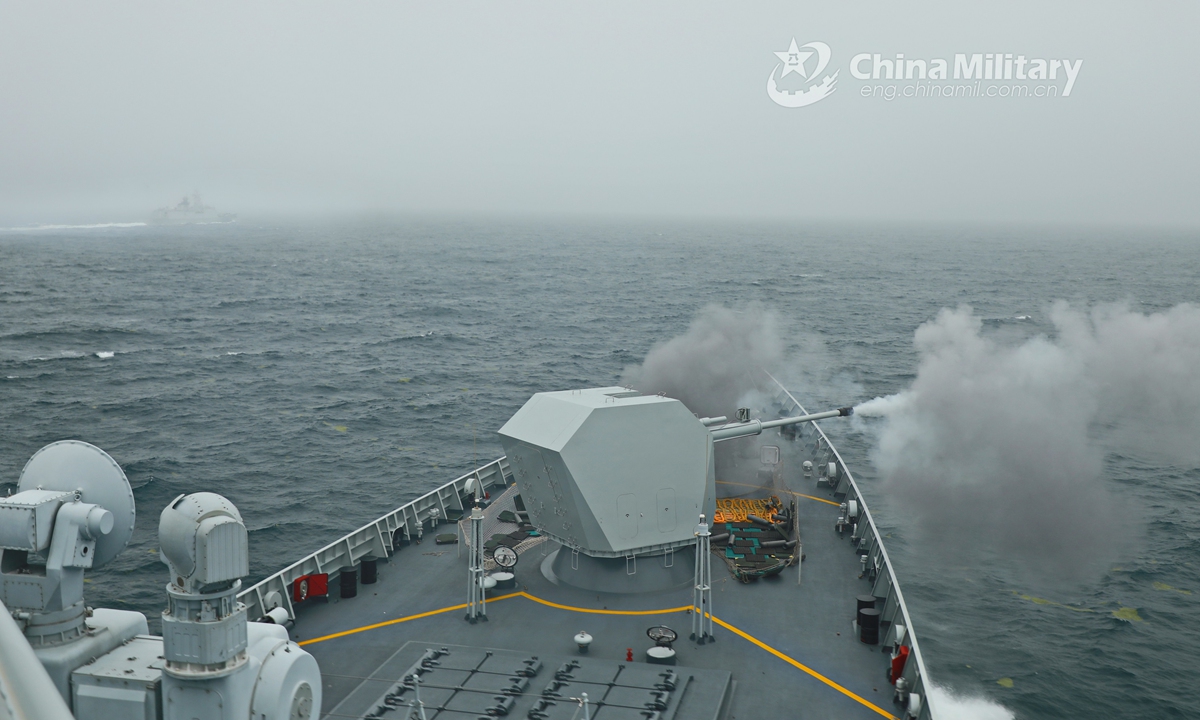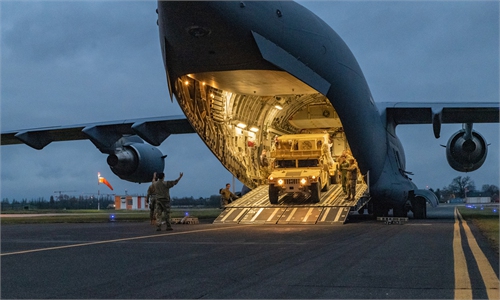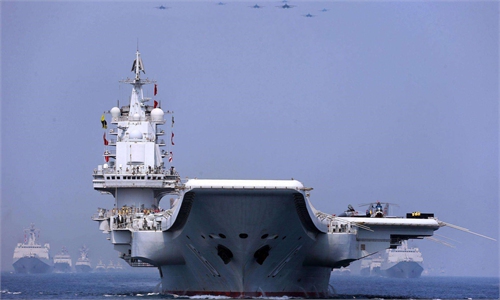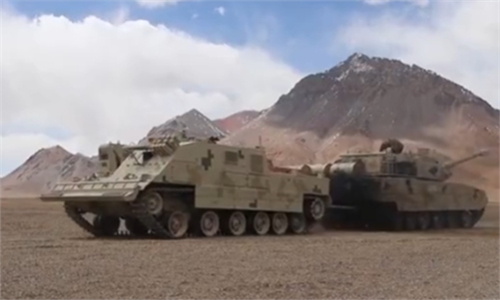PLA increases warship activities in key straits near Japan amid provocative US, Japanese remarks

The guided-missile frigate Yantai (Hull 538) attached to a destroyer flotilla with the navy under the PLA Northern Theater Command fires its main gun at mock sea targets during a maritime live-fire training exercise in waters of the Yellow Sea in late July. The training exercise focused on subjects including striking maritime and aerial targets, joint search and rescue, anti-submarine operation, warship and airplane cooperative training. (eng.chinamil.com.cn/Photo by Du Jiangfan)
Soon after the Liaoning aircraft carrier group wrapped up its far sea drills in waters between Japan and the island of Taiwan, the Chinese People's Liberation Army (PLA) Navy reportedly sent more warships simultaneously through two strategically important straits northwest and southwest of Japan on Monday, marking an increase in Chinese naval activities in the region at a time when US President Joe Biden and Japanese Prime Minister Fumio Kishida made provocative remarks on China during Biden's visit to Japan.
Chinese military experts stressed that the PLA drills are routine and can help safeguard China's strategic security.
The Japan Maritime Self-Defense Force spotted two Type 054A frigates of the PLA Navy - the Xuzhou and the Handan - when they transited the Tsushima Strait from southwest to northeast and headed toward the Sea of Japan on Monday, Japan's Ministry of Defense Joint Staff said in a press release late in the day.
A separate press release by Japan's Ministry of Defense Joint Staff said that the Japan Maritime Self-Defense Force also confirmed that the Hangzhou, a Sovremenny-class destroyer of the PLA Navy, entered the Pacific Ocean after crossing the Miyako Strait from the East China Sea on Monday.
The simultaneous PLA warship transits through the two openings in the first island chain came after the PLA's Liaoning aircraft carrier group had just returned on Saturday from its far sea drills in the West Pacific, south of Japan and east of the island of Taiwan.
They also happened to take place on the same day that Biden said in Tokyo that the US would intervene militarily if the Chinese mainland were to reunify with the island of Taiwan by force, and Kishida said that Japan and the US "will monitor recent activities of the Chinese navy as well as movements related to joint exercises by China and Russia."
While the voyages by the PLA Navy vessels are likely routine and not targeted at any specific party, they reflect the rapid and steady development of the PLA Navy, which contributes to safeguarding China's national sovereignty and territorial integrity amid external provocations, analysts said.
Unlike US and Japanese forces that often show off military strength in the West Pacific, the PLA warships were likely on regular training sessions that were carried out in international waters, not aiming at a third party, Wei Dongxu, a Beijing-based military expert, told the Global Times on Tuesday.
Through the drills, the PLA Navy displayed its high capabilities in maritime offense and defense, honing its comprehensive combat capabilities, Wei said.
China's military development is based on the needs of the country's national defense, with the purpose of safeguarding strategic security as well as peace and stability in the region, Wei said.




